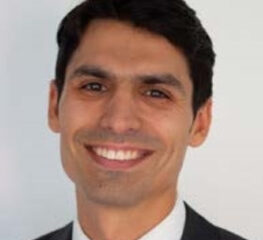Dr. Weisenburger received his Staatsexamen (equivalent to Master of Science) in physics and mathematics at the University of Stuttgart in 2010. In his final thesis, he worked in the research group of Dr. Markus Lippitz on nonlinear microscopy and ultrafast spectroscopy of plasmonic nanostructures, and used UV spectroscopy to study excitonic effects in the optical properties of graphene in a collaboration with Dr. Klaus von Klitzing’s laboratory at the Max Planck Institute for Solid State Research. He received his PhD from the Max Planck Institute for the Science of Light in Erlangen in 2011. In his doctoral work, Dr. Weisenburger combined cryogenics with single-molecule fluorescence microscopy and developed COLD (Cryogenic Optical Localization in 3D) microscopy, a method that can localize the positions of fluorophores in single proteins with Angstrom-scale resolution and provides a complementary approach to conventional methods in structural biology. Currently, in the laboratory of Dr. Alipasha Vaziri at The Rockefeller University, he is developing a fast volumetric calcium imaging method based on light sculpting. By combining ultra-fast multi-photon excitation and concepts from advanced laser optics, he aims to gain insights into the computational principles of information processing in neuronal networks and unravel the complex interactions of neurons that underlie cognitive function and behavior.



